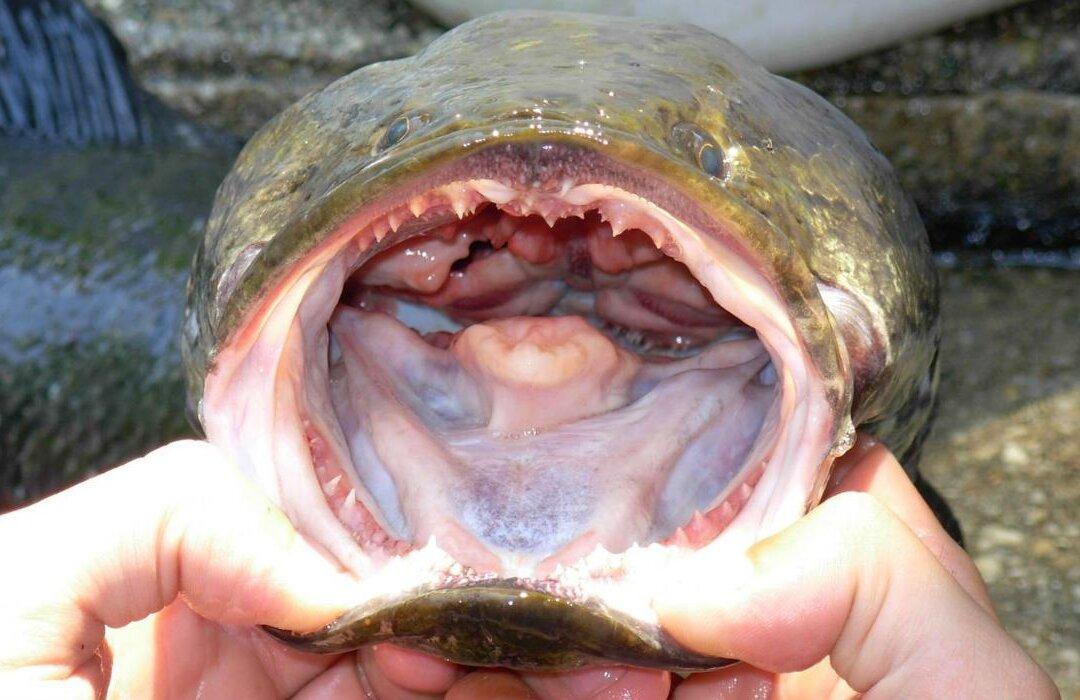A viral warning from officials in Georgia has told people that if they see a snakehead fish to “kill it immediately.”
The state’s Department of Natural Resources (DNR) warned people that a snakehead specimen was found in Gwinnett County. The fish is native to East Asia, but there have been reports of the invasive species in 14 U.S. states.





